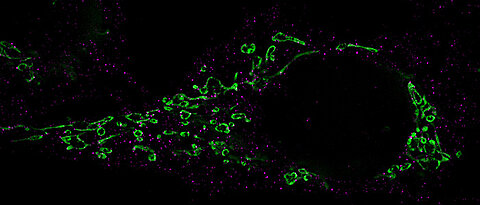From Würzburg to the world
05/31/2022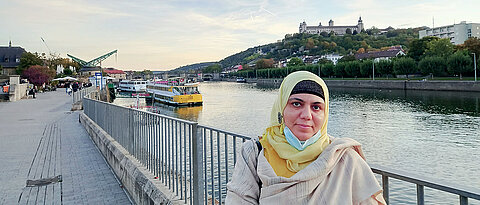
After her time at the University of Würzburg, alumna Hina Ghafoor went back to Pakistan. There she is investigating cultural differences, for example in dealing with psychosocial stress.
more

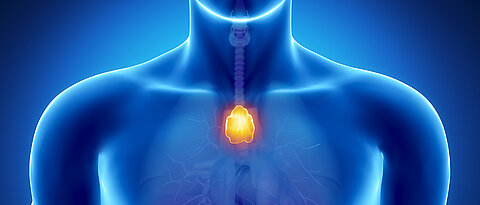
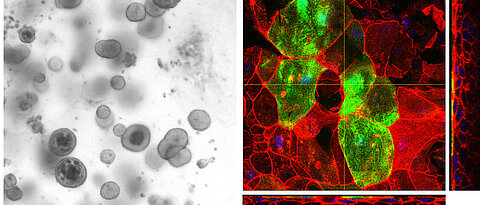
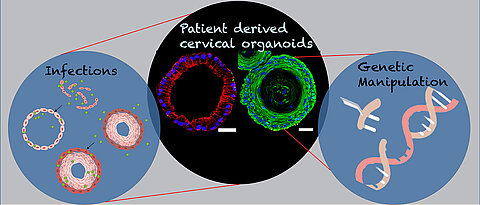

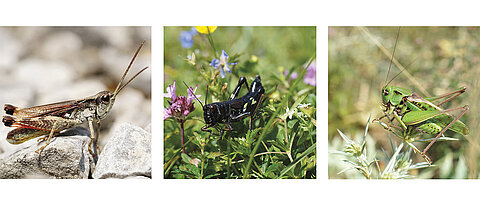

![[Translate to Englisch:] [Translate to Englisch:]](/fileadmin/_processed_/8/6/csm_0506Insekten_Bestaeuber_c0e0635d26.jpg)
